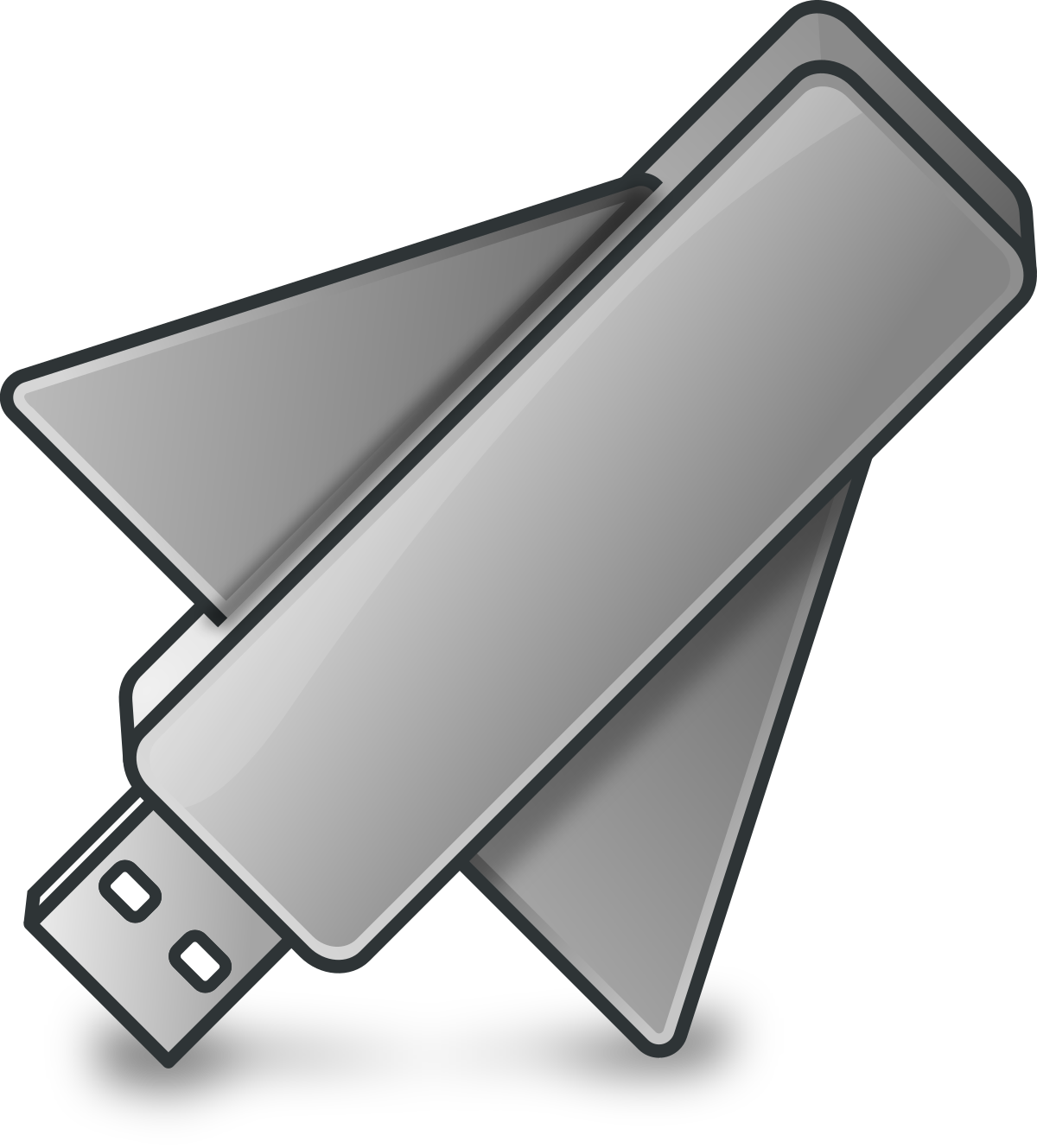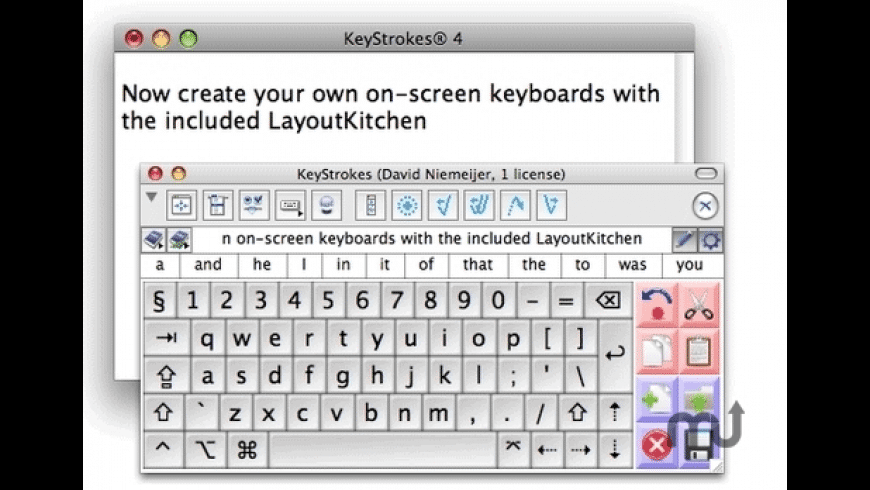

If that doesn't work, it's time to start turning to more technical solutions. After it's completely booted up, you can restart again in normal startup and see if the black screen is fixed. Sometimes you may be asked to login twice, and your computer may take a longer than usual to start while it carries out diagnostics.

You should see 'Safe Boot' in the upper right corner of the window. Release the Shift key when the login window appears. Turn it on again and immediately hold down the Shift key.
#ONSCREEN KEYBOARD FOR MAC OS X UTILITIES PRO#
To boot into Safe Mode, power off and let your MacBook Pro sit for 20 seconds. This can eliminate the potential for issues with other apps and services interfering and preventing your screen from displaying correctly. MacBook Pro Safe Mode allows you to start you MacBook without other launch agents booting up. We have no idea why this works, but plenty of people have vouched for it. Wait 15 seconds and press the button to restart. Press power button once, Press 'S' (the sleep hotkey), and then hold the power button to perform a hard shut down. This isn't official from Apple, but years of MacBook lore claim that a particular key sequence can sometimes revive a non-reacting blank MacBook Pro screen. If Disk Utility finds errors and repair them, restart your MacBook again afterwards. If this does recovers your screen, it's worth running Disk Utility to check for errors. If you still see a blank screen after about 20 seconds, it's time to move on. On an Intel-chipped MacBook Pro, press and hold the power button for about 10 seconds, then press and release the power button and immediately press and hold Command + R until you see an Apple logo or other image. If the options window doesn't appeal, release the power button, and press and hold it again for another 10 seconds. You should see the startup options window, which includes a gear icon labelled Options. On an Apple-chipped MacBook Pro (M1, M1 Pro, M1 Max), press and hold the power button for about 10 seconds.

Sometimes a good old-fashioned hard restart is all it takes to fix all kinds of MacBook issues. Once you're screen is back, it's worth running Disk Utility to repair any errors (Image credit: Apple / Future)


 0 kommentar(er)
0 kommentar(er)
